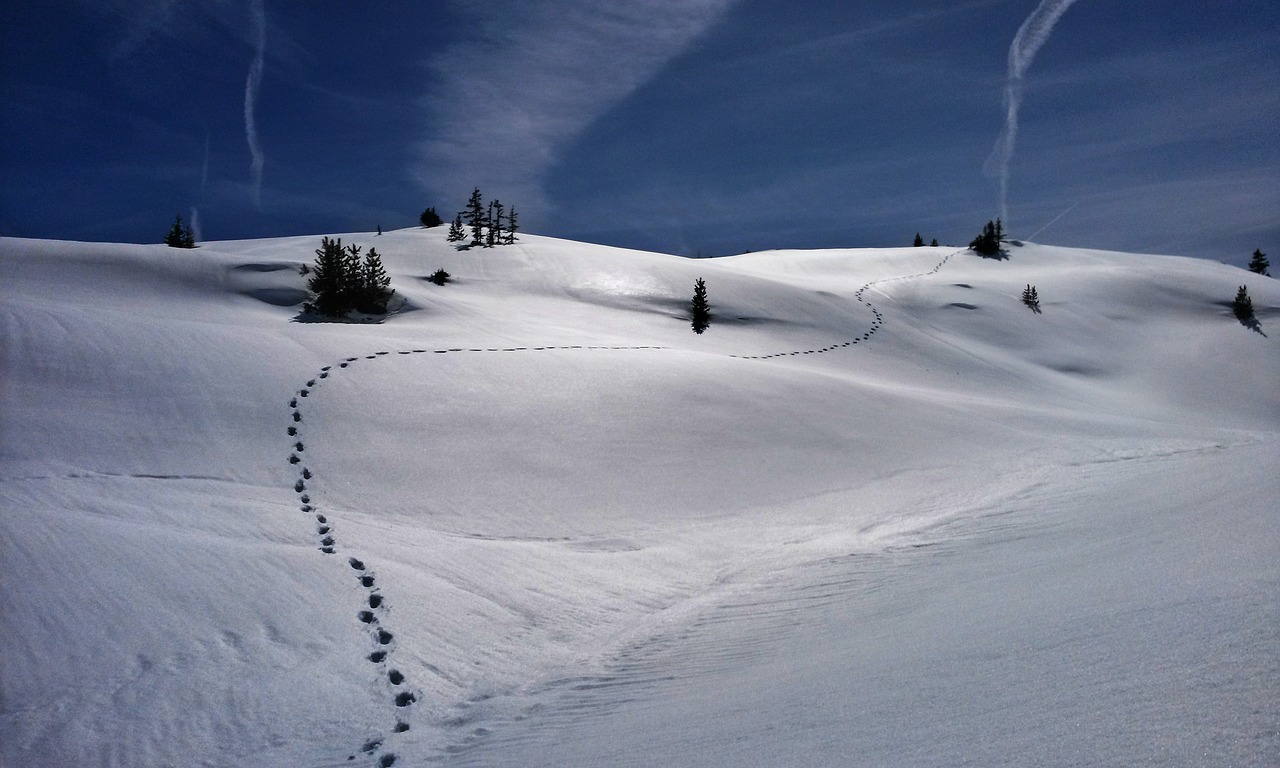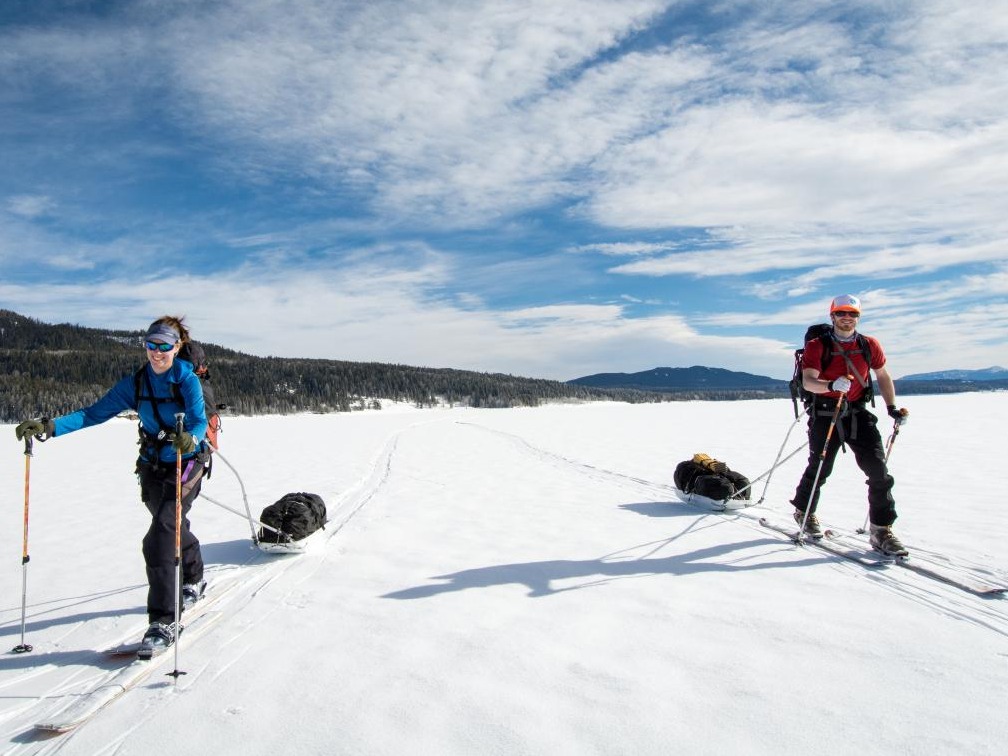
Winter doesn’t stop avid campers and it doesn’t stop us, either! It’s easier to stay warm during the day when you’re hitting the slopes or snowshoeing through aspen groves, but what about when it’s time to sleep? Follow these tips to snuggle up and stay warm.
Pack Proper Gear
Your tent, sleeping bag, and sleeping pad are crucial pieces of your nighttime warmth system. Winter camping is not the time to skimp on important gear!
1. Tent
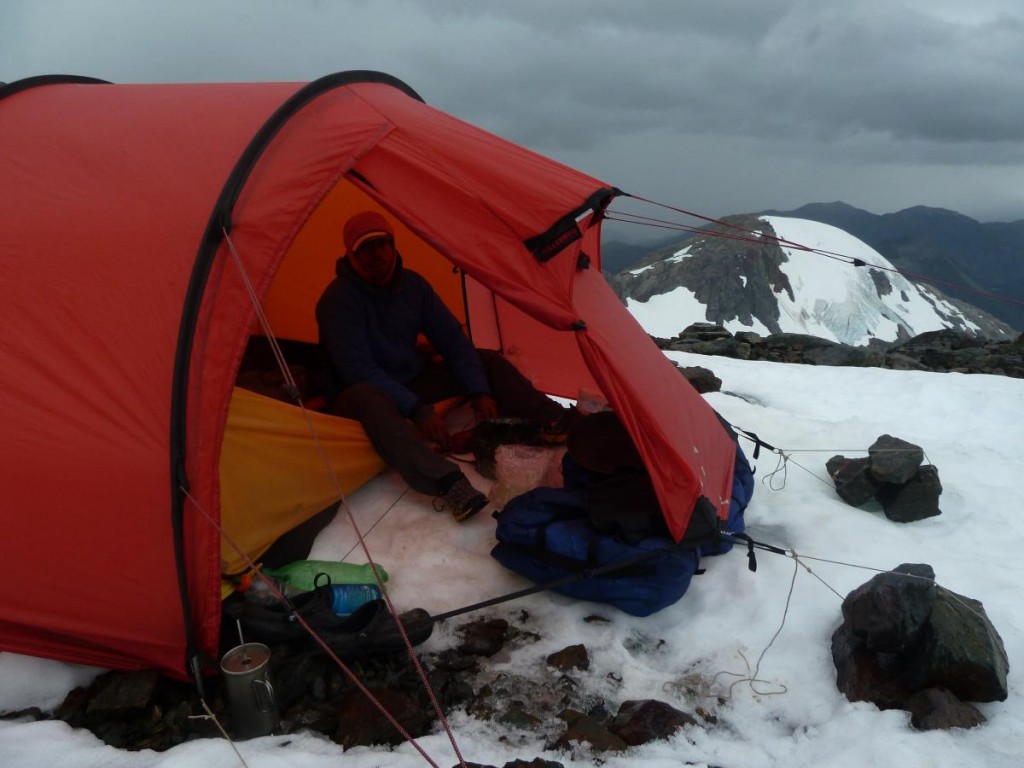
Four-season tents offer the best protection from wintry wind and cold, with sturdier poles and thicker, double-walled fabrics than a three-season tent. Look for a tent with a domed shape to prevent snow from collecting on top, and a rain fly with fewer mesh ventilation patches that extends close to the ground to keep the warmth in and the cold out! A large vestibule is a nice feature to allow you to store gear and offer shelter for cooking when the weather gets nasty.
2. Sleeping Bag
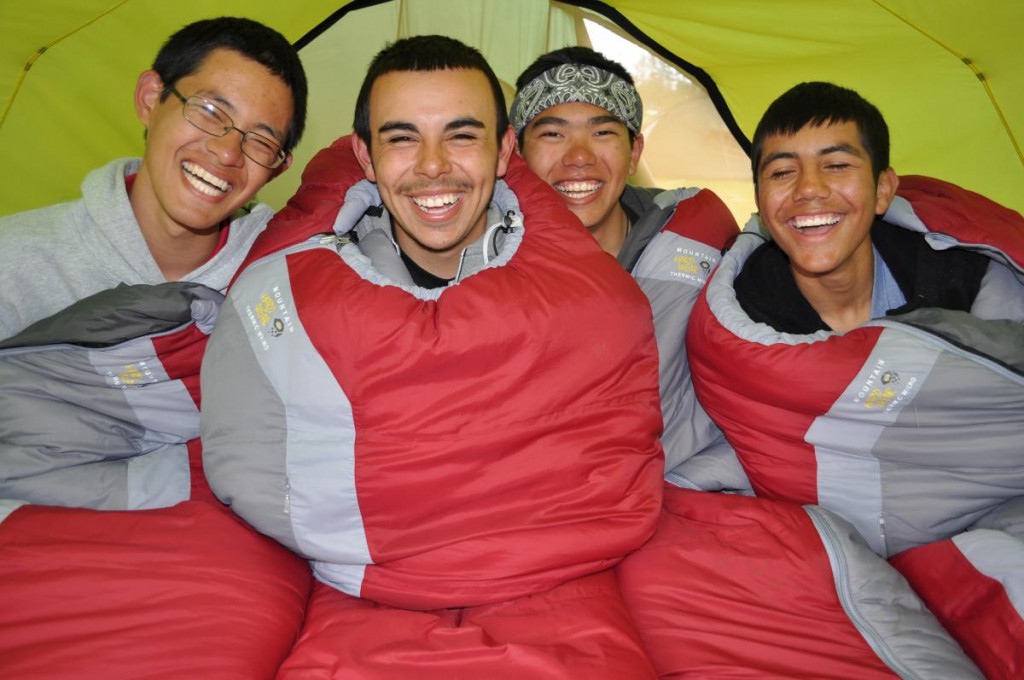
Every sleeping bag has a temperature rating. Check the rating on yours to make sure it’s rated for at least ten to twenty degrees below the lowest temperature you expect to encounter.
You have two options for materials: down or synthetic. Down has the highest warmth to weight ratio, but it doesn’t insulate when wet. While synthetic is a little heavier, it will continue to insulate when it gets wet.
Consider how long you'll be out and the weather forecast as you choose your sleeping bag. Make sure your sleeping bag has a snug-fitting neck baffle. This is an insulated tube that prevents heat loss from around your shoulders and neck, which is super important for staying warm all night!
Finally, make sure the sleeping bag fits you well, meaning that there is a little space for you to move around but not too much, your feet do not compress the toe of your bag, and the neck baffle, hood, and zipper are all nice and snug but not too tight.
3. Sleeping pad
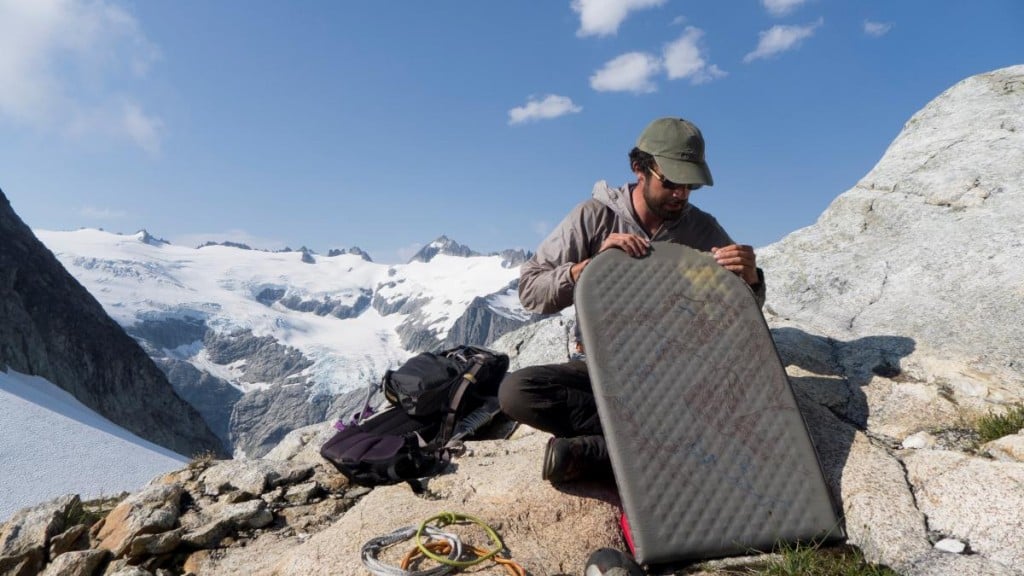
This is the gear piece that will insulate you from the cold, icy ground as you sleep! Make sure it’s long enough that your whole body is on the pad—you don’t want to lose heat through your feet if your pad is too short or through your shoulders if your pad is too narrow! You can go with either a foam or an insulated pad, and many winter campers opt to bring both. The thicker your pads are, the warmer you’ll be.
Fill the Gaps
If your sleeping bag has a lot of empty spaces, stuff them with extra layers. The more empty space in the sleeping bag, the more space your body has to warm up, which means a chillier night for you.
Eat a Snack
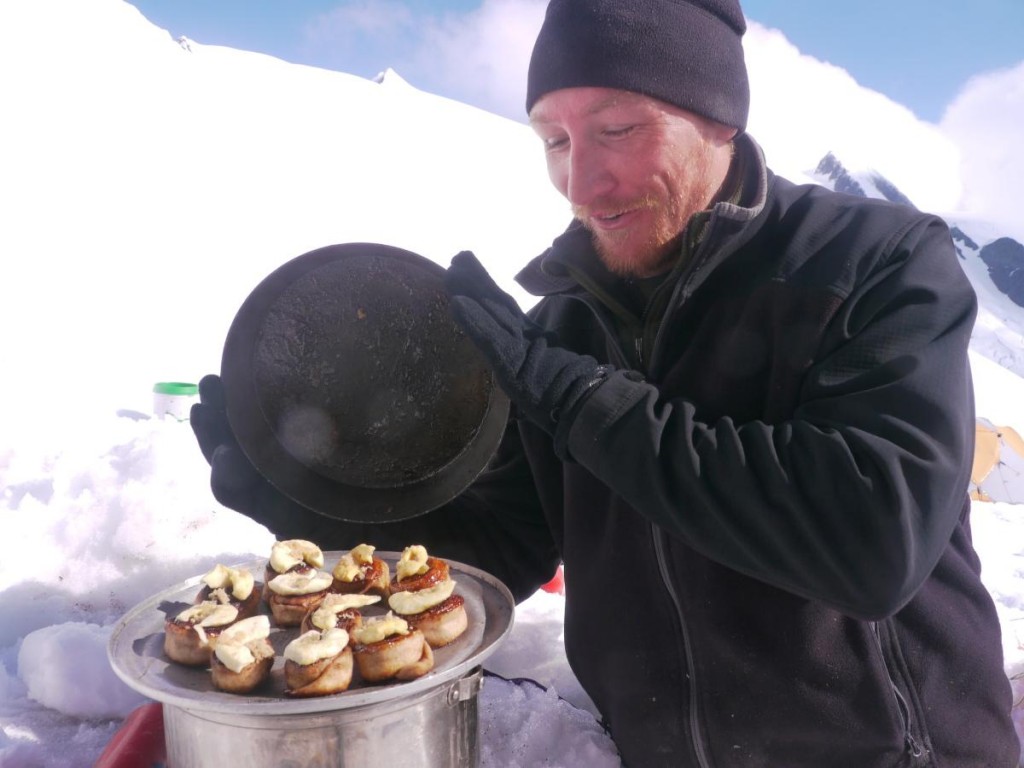
Your body keeps warm by burning the calories you intake from drinks and food. Make sure that you eat a proper dinner, and right before bed eat a high-calorie snack like a candy bar or hot chocolate beefed up with butter. This will give your body something to burn as you sleep and keep you nice and toasty.
Make a Hot Drink
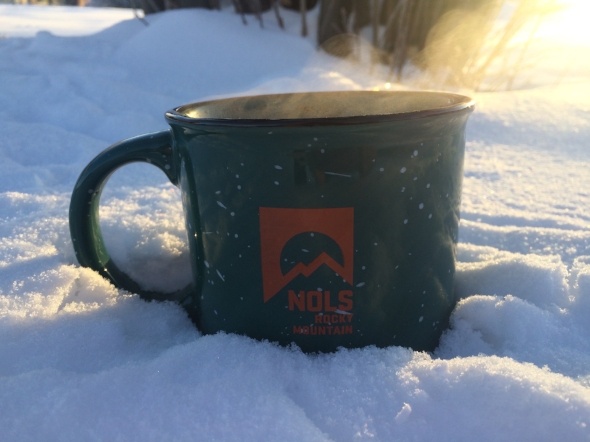
Bring a hot water bottle into your sleeping bag with you for some added heat. You can even put the bottle in the bag before you go to bed to let it pre-heat!
Layer Up
Make sure you’re wearing enough layers to stay warm all night, including long underwear and fleece top and bottom layers.
Make sure that all of your layers are clean and dry, including your socks, base layers, and your hat. Any wet clothing will just keep you chilly, though you can bring slightly damp layers into your sleeping bag with you to dry.
Avoid wearing your puffy, insulating layers. Your sleeping bag keeps you warm by filling up with your body heat and containing it, so if you wear too many layers that keep the warmth in, the sleeping bag itself won’t do as much insulating.
Remember to wear a layer on your head and neck, too.
Exercise
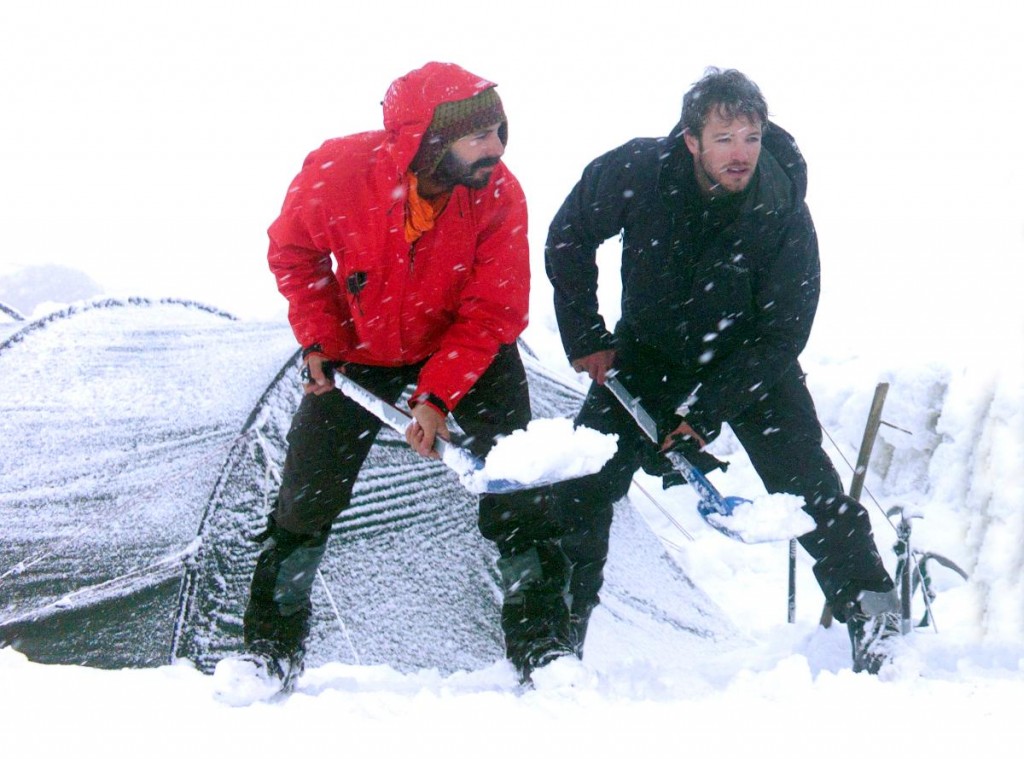
If you’re warm when you get into your sleeping bag, it will be easier for you to stay warm all night. Shovel snow or do some jumping jacks before you bed down for the night to get your furnace going. You don’t want to get sweaty, but you do want to be warm!
Ready to try out winter camping? See all courses with backcountry skiing and snowboarding here.
Written By
Molly Herber
Molly is a NOLS instructor and writer. She loves the smell of her backpack and does her best writing before 7:00 am. When she's not scouting the next post for the NOLS Blog, she's running and climbing on rocks in Wyoming. Follow her on Instagram @mgherber



